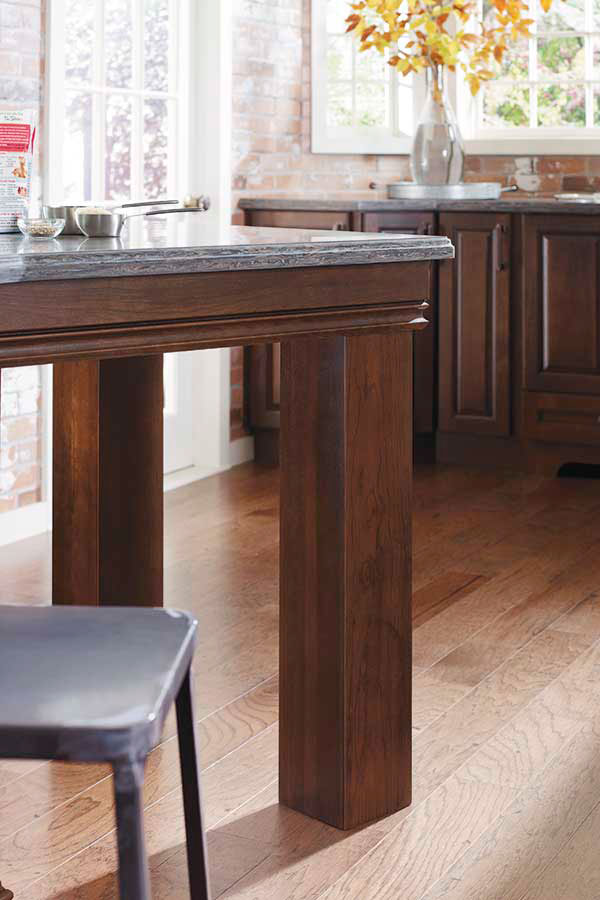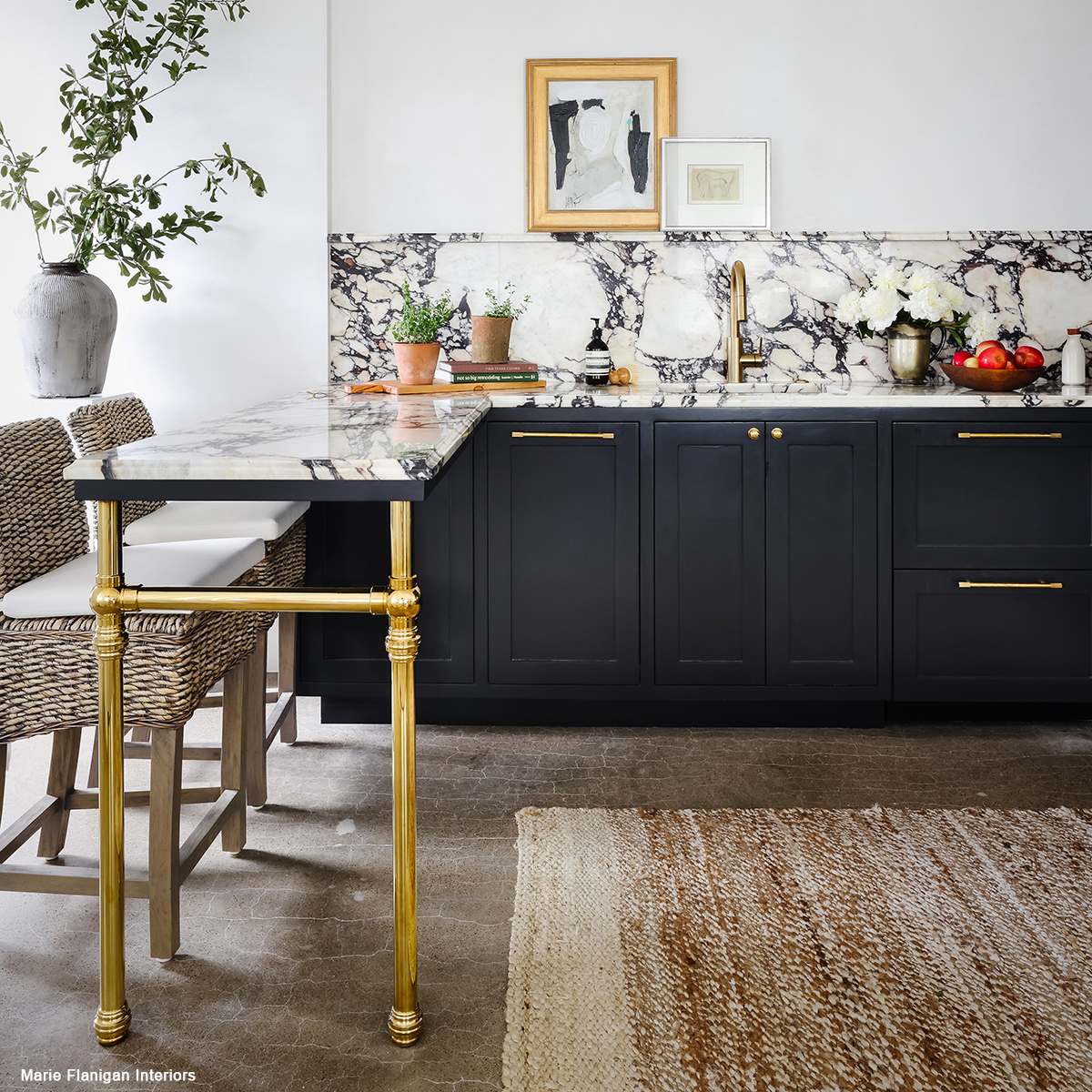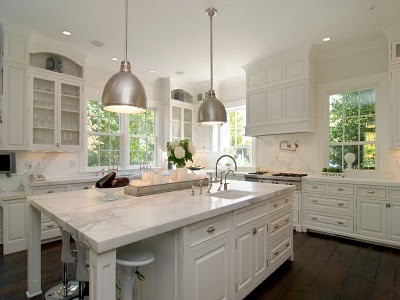Cutting-edge and Trendy Styles in Modern Legs For Kitchen Island Solutions
Cutting-edge and Trendy Styles in Modern Legs For Kitchen Island Solutions
Blog Article
An Overview to Selecting the Perfect Legs For Kitchen Area Island for Your Home
Picking the optimal legs for your kitchen island is a nuanced decision that influences both the functionality and aesthetic appeal of this central room. As you consider these aspects, it becomes apparent that the appropriate legs can transform not only the appearance of your kitchen however likewise its use for years to come.

Comprehending Kitchen Island Legs
When picking legs for a kitchen area island, it's essential to recognize their practical and visual functions in the total style. The legs offer as a vital support group, making sure stability and toughness for the island, which typically operates as a work space, eating location, or collecting spot. Consequently, the option of product and construction method must be robust adequate to withstand everyday usage and potential wear.
Along with their architectural responsibilities, legs contribute substantially to the island's aesthetic allure. They can enhance the kitchen's style, whether with standard, modern, or diverse layouts. The elevation and percentage of the legs are additionally critical considerations; they should balance with the island's counter top height while making sure comfortable seating for those utilizing the area.
Additionally, the leg style can affect the general flow of the kitchen area. Open, airy leg styles can create a sense of lightness, while strong, significant legs might communicate a much more grounded and steady aesthetic - Legs For Kitchen Island. Understanding these visual and practical elements will guide homeowners in making educated options that match their kitchen's design and boost its use
Popular Styles and Products
The selection of legs for a kitchen area island encompasses a range of preferred designs and materials, each offering special features that can enhance both performance and aesthetic appeals. Traditional legs normally show ornate details and workmanship, boosting classic kitchen area layouts.

Elevation and Stability Considerations

Security is one more vital factor to consider. The legs of the kitchen island need to supply sufficient assistance, making sure that the structure can stand up to daily usage without wobbling or moving. Product selection plays a substantial role in security; metal legs, for circumstances, often tend to provide greater toughness compared to wood. In addition, ensuring that the island is safely secured to the floor or wall can boost stability, especially for bigger islands that may birth substantial weight.
Matching Your Cooking Area Visual
Picking the right legs for your kitchen island surpasses performance; it likewise plays a substantial duty in the total visual of the room. When picking legs, consider the layout style of your cooking area. For a contemporary look, sleek metal or minimal layouts can develop a tidy, contemporary ambiance. On the other hand, rustic or standard kitchen areas typically take advantage of wooden legs with elaborate detailing or a distressed coating, boosting warmth and character.
Legs that enhance or contrast with your island's surface area and bordering cabinets can develop visual consistency or striking focal factors. Furthermore, take into consideration the finish of the legs; matte, shiny, or distinctive finishes can substantially blog here impact the general feeling of the kitchen.
Setup and Upkeep Tips
Setting up cooking area island legs calls for mindful focus to information to guarantee both security and visual charm. Utilize a stud finder to find wall surface studs if you are connecting the legs to a wall or utilizing brackets for added support.
When securing the legs, use top quality screws and, if required, wood glue for additional strength. For steel legs, make certain that you are making use of proper supports and tools to avoid damage to your floor covering. It is advisable to look for levelness after installment, making changes as needed to avoid tottering.
Maintenance is visit their website equally vital for long life - Legs For Kitchen Island. Regularly examine the legs for any kind of indications of wear or loosening, specifically in high-traffic locations. Clean the legs with a suitable cleaner, staying clear of unpleasant materials that might scrape the surface. For wood legs, take into consideration applying a timber conditioner regularly to maintain their surface. By following these installment and maintenance tips, you can make certain that your kitchen area island legs remain both visually attractive and functional.
Verdict
In verdict, picking the appropriate legs for a kitchen island necessitates careful consideration of height, stability, and aesthetic compatibility. Ultimately, thoughtful leg selection plays an essential role in elevating both the practicality and design of the kitchen room.
When picking legs for a cooking area island, it's essential to recognize their useful and visual roles in the overall layout. Open, ventilated leg styles can create a sense of agility, while strong, considerable legs may convey an extra based and steady aesthetic. The legs of the cooking area island must supply sufficient click for source support, ensuring that the framework can withstand daily usage without moving or wobbling.Mounting kitchen area island legs requires mindful interest to detail to make certain both stability and visual charm.In conclusion, picking the suitable legs for a cooking area island requires careful factor to consider of height, security, and aesthetic compatibility.
Report this page